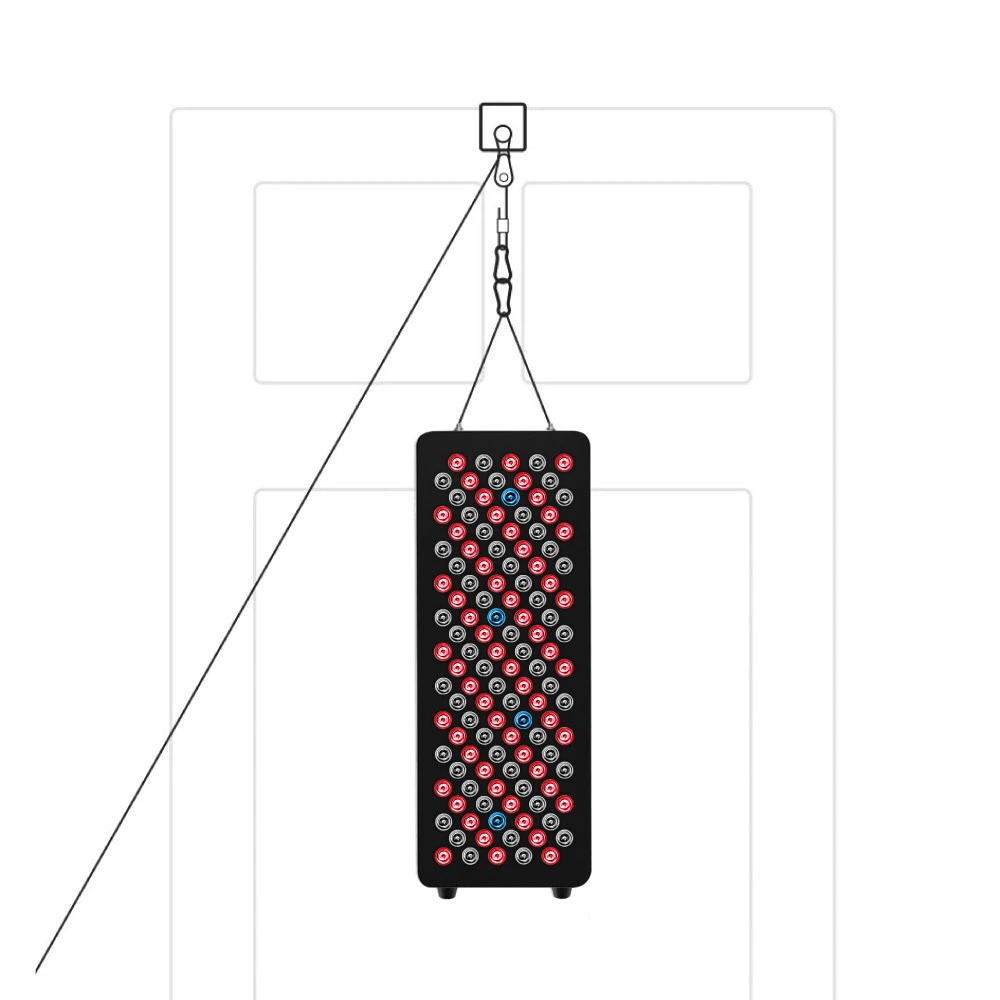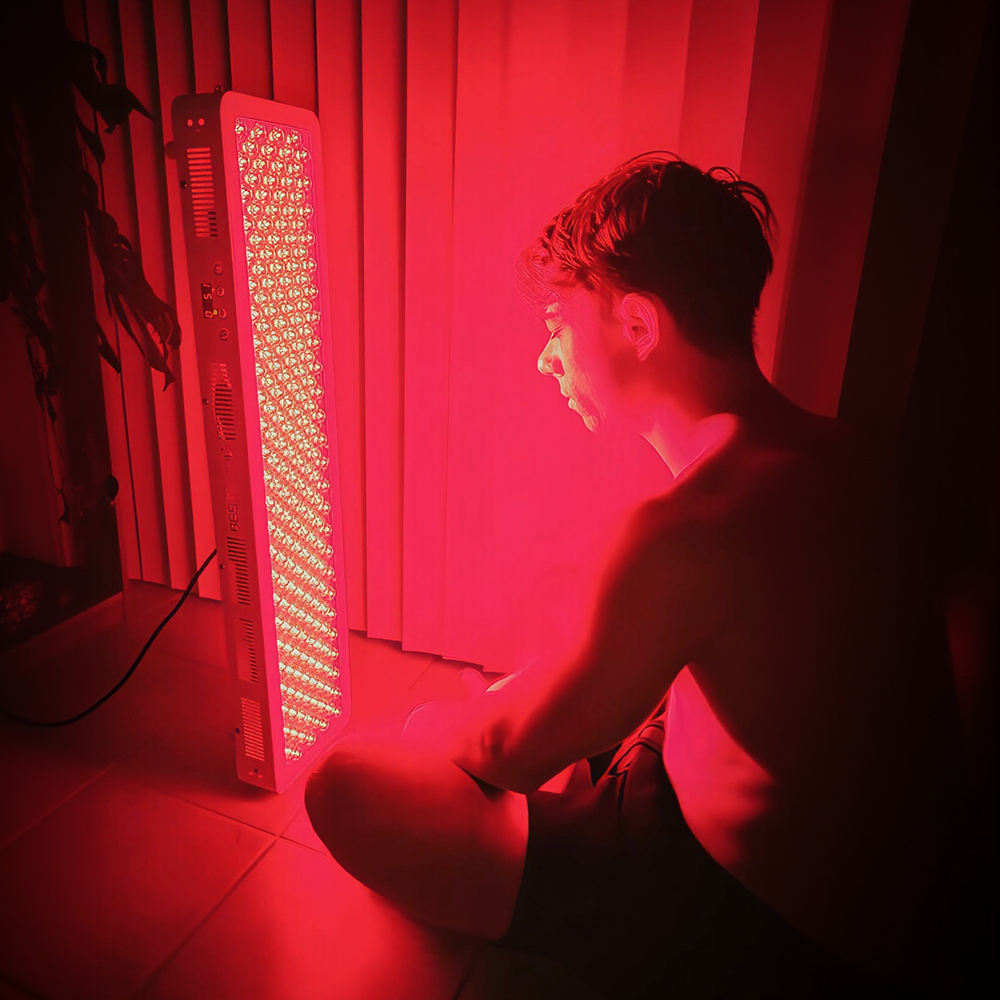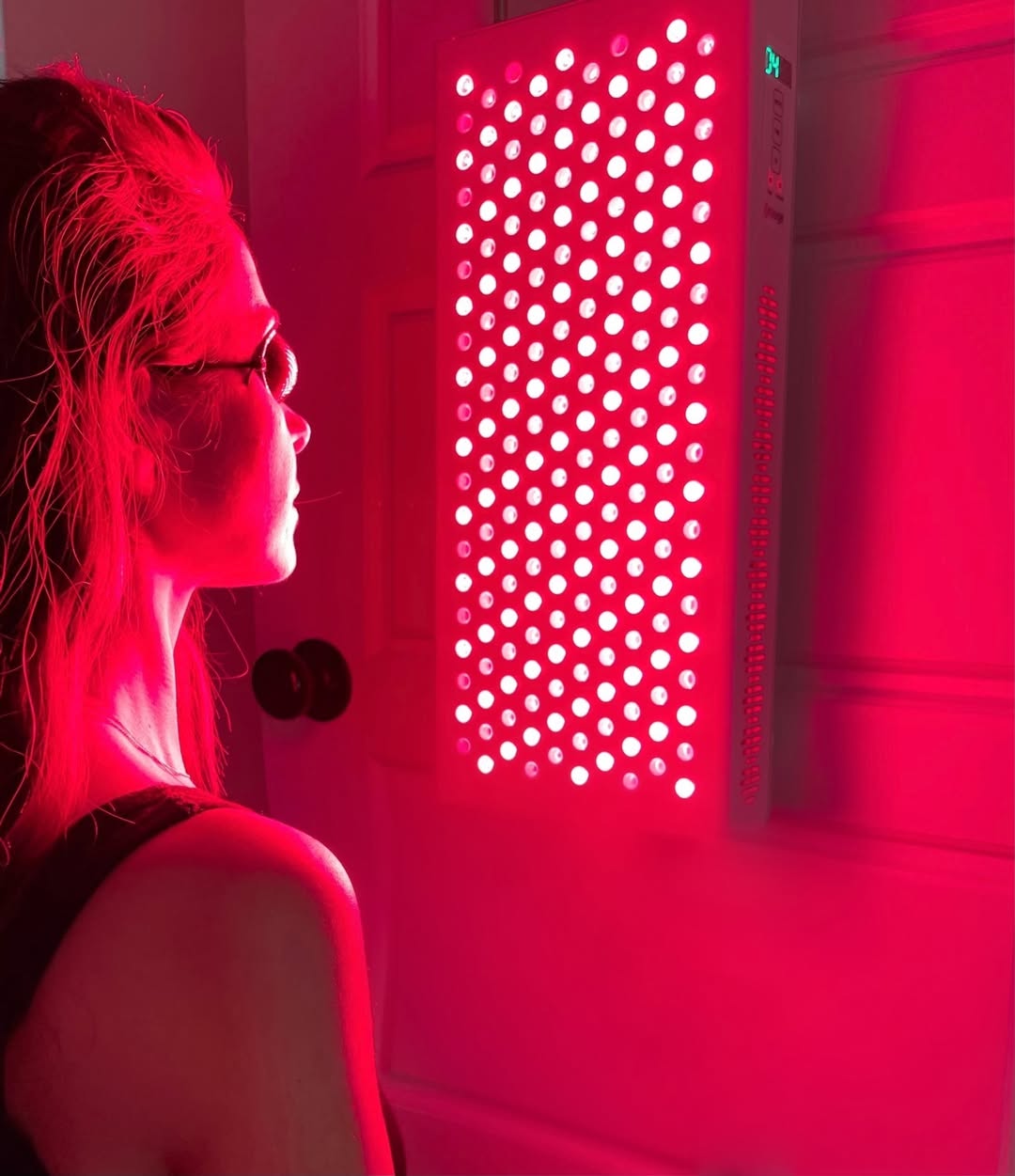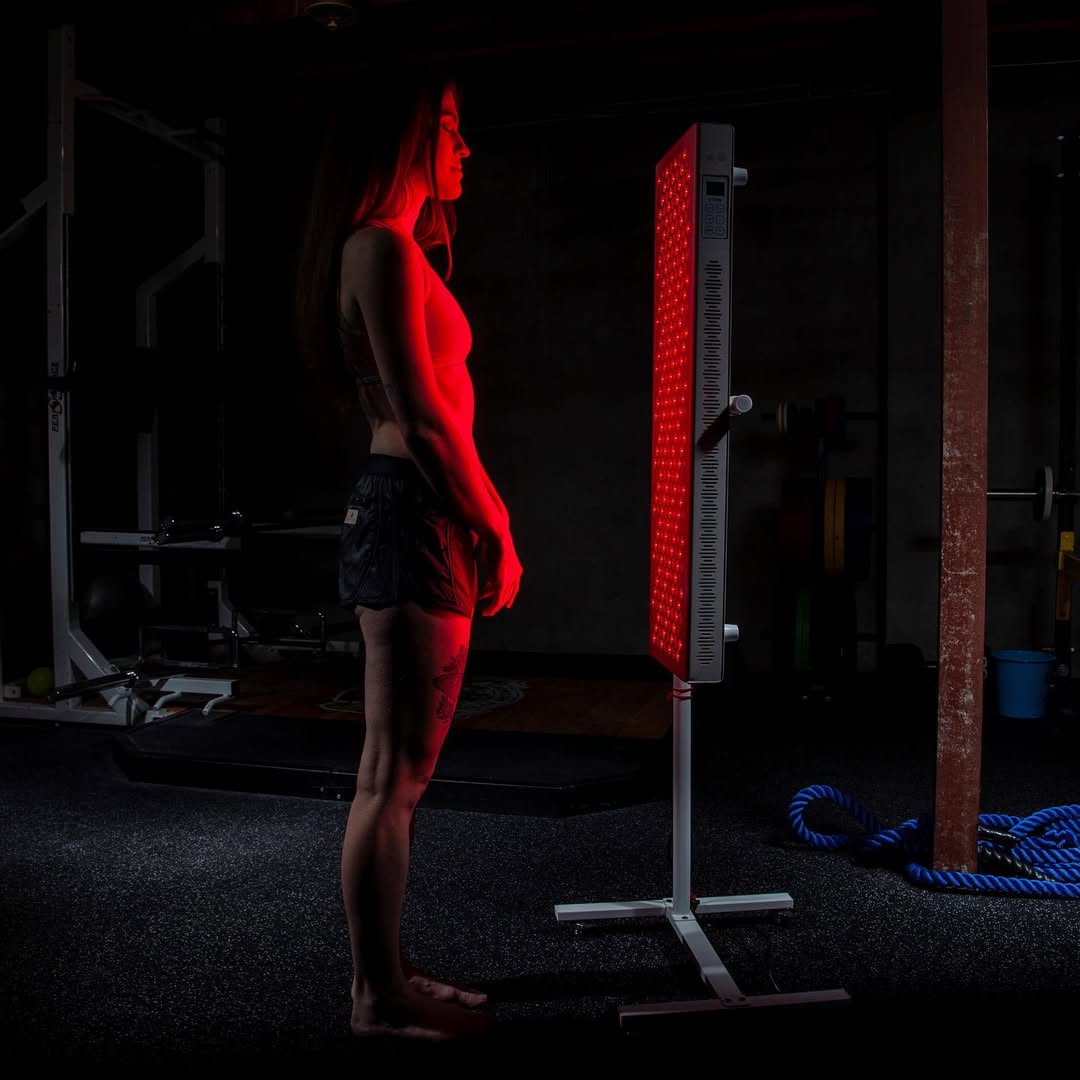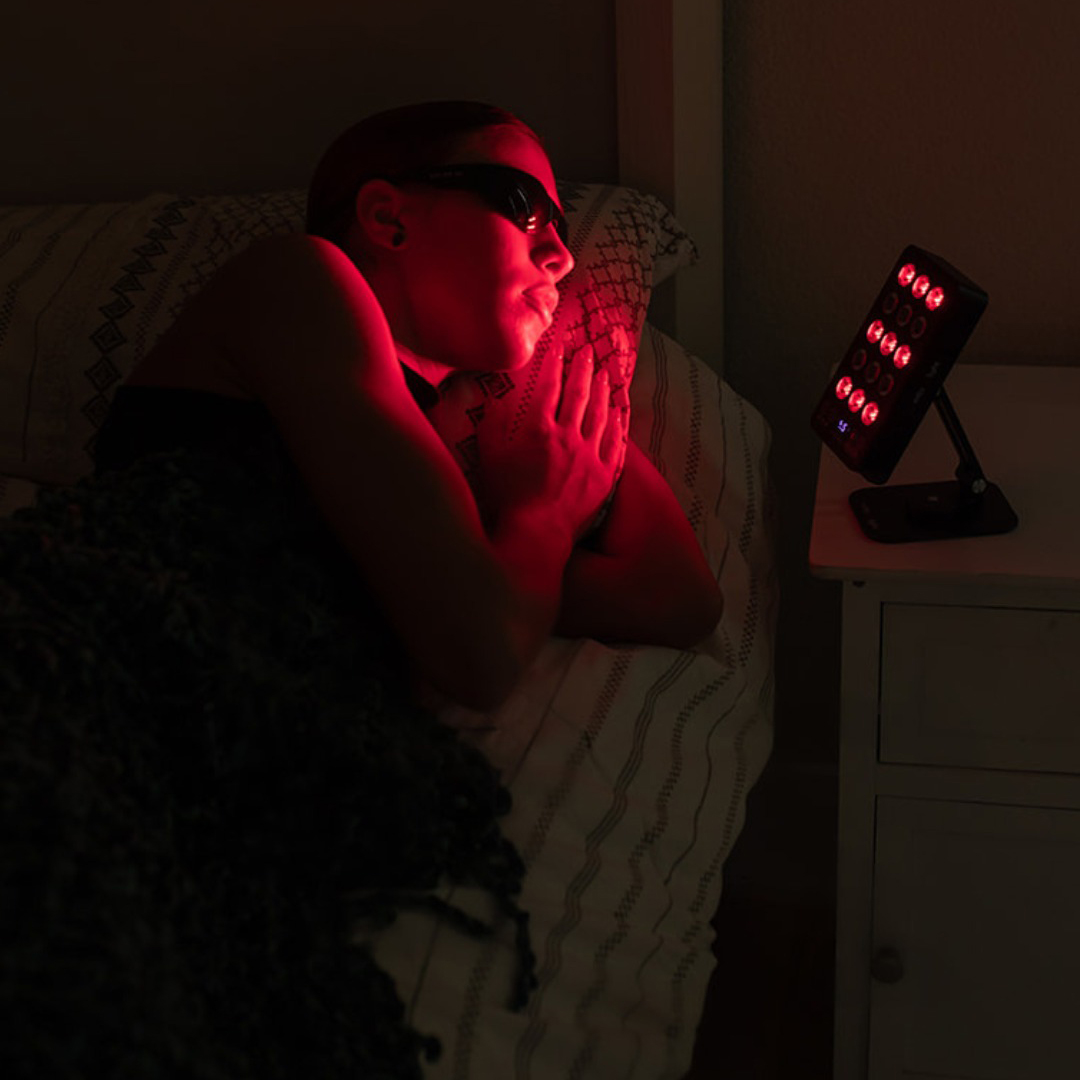![]() Free Shipping
Free Shipping ![]() Buy Now, Pay Later
Buy Now, Pay Later ![]() Eligible
Eligible
Green Light vs. Blue Light: Unlocking the Secrets of Color for Sleep & Focus
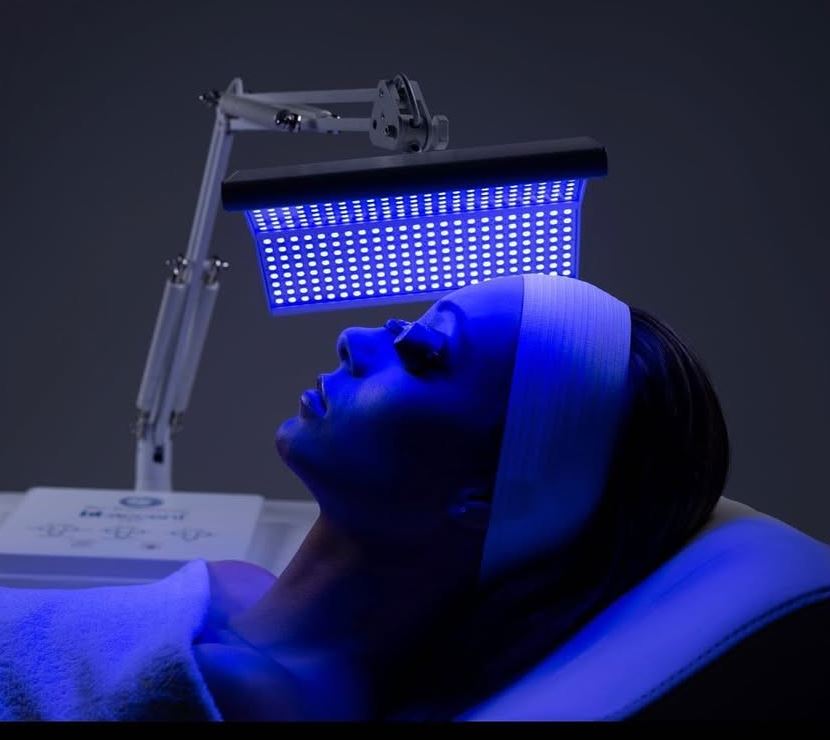
In our modern, screen-filled world, we’re constantly bathed in colored light. But did you know that different colors have profoundly different effects on your body and brain? Two of the most discussed are blue light and green light.
Understanding the key differences between green light and blue light is crucial for optimizing your sleep, boosting your productivity, and improving your overall well-being. This guide will break down the science, the benefits, the drawbacks, and the best uses for each.
The Science of Light: More Than Meets the Eye
Light is composed of electromagnetic waves of different lengths. Shorter wavelengths carry more energy, and our eyes and brain are highly sensitive to these differences.
- Blue Light: Has a very short wavelength (approximately 380-500 nanometers) and high energy. It’s often referred to as High-Energy Visible (HEV) light.
- Green Light: Has a medium wavelength (approximately 495-570 nanometers), sitting between blue and red light on the visible spectrum.
This fundamental physical difference is what drives their unique impacts on our human biology.
Blue Light: The Double-Edged Sword of Modern Life
The Benefits: Alertness & Cognitive Function
During the day, blue light is your best friend. It’s abundant in sunlight and plays a vital role in regulating your circadian rhythm—your body’s internal 24-hour clock.
- Boosts Alertness: Exposure to blue light suppresses the production of melatonin, the hormone that makes you sleepy. This helps you feel more awake and focused.
- Enhances Mood & Memory: Studies have linked daytime blue light exposure to improved mood and better cognitive performance, including memory recall.
- Regulates Circadian Rhythm: Morning blue light signals to your body that it’s time to be up and active, helping to synchronize your sleep-wake cycle.
The Drawbacks: Sleep Disruption & Eye Strain
The problem with blue light arises from our habit of using phones, tablets, and computers late into the night.
- Sleep Disruption: Evening exposure to blue light tricks your brain into thinking it’s still daytime, halting melatonin production and making it harder to fall asleep and achieve deep, restorative sleep.
- Digital Eye Strain: Its high energy causes it to scatter more easily, reducing visual contrast and leading to symptoms like dry eyes, blurred vision, and headaches—a condition known as Digital Eye Strain.
Expert Insight:
Dr. Johnathan Reed, a sleep neurologist, states, “The pervasive use of LED screens after sunset is the single biggest modern disruptor of natural sleep patterns. The blue light emission directly inhibits melatonin, delaying sleep onset and degrading sleep quality. It’s a public health issue we’re only beginning to grasp.”
Green Light: The Soothing Signal for Balance & Pain Relief
The Benefits: Calmness & Migraine Relief
Green light occupies a unique, more neutral position in the spectrum. Its effects are generally less stimulating than blue light’s.
- Minimal Melatonin Suppression: Research suggests that green light has a much weaker effect on melatonin production compared to blue light, making it less disruptive in the evenings.
- Potential for Migraine and Pain Relief: Emerging studies, particularly from institutions like Harvard Medical School, have found that exposure to a narrow band of green light can significantly reduce the intensity and frequency of migraine headaches and certain types of chronic pain.
- Calming Effect: Many people report finding green light environments to be more calming and balanced, which is why it’s often used in spaces designed for relaxation.
The Drawbacks: Less Understood Applications
The primary “drawback” of green light is that it’s not as potent a tool for daytime alertness as blue light. Its therapeutic benefits for pain are also still being actively researched and are not yet a mainstream treatment.
Expert Insight:
Dr. Anna Feldman, a clinical researcher in photomedicine, explains, “Our research into green light for migraine sufferers has been promising. It appears to activate specific brain pathways that dial down pain signals more effectively than other light wavelengths. It’s a non-pharmacological intervention with significant potential.”
Head-to-Head: Green Light vs. Blue Light Comparison
The table below provides a clear, at-a-glance comparison of these two powerful types of light.
| Feature | Blue Light | Green Light |
|---|---|---|
| Wavelength | Short (380-500 nm) | Medium (495-570 nm) |
| Energy Level | High | Moderate |
| Primary Source | Sun, smartphones, TVs, LEDs | Sun, LEDs, specific therapeutic lamps |
| Effect on Melatonin | Strongly suppresses | Minimally suppresses |
| Best Time of Use | Daylight hours (morning & afternoon) | Evening & nighttime |
| Key Benefits | Increases alertness, improves mood & memory, regulates circadian rhythm | Calming, may reduce migraine/pain, less disruptive to sleep |
| Key Drawbacks | Causes digital eye strain, disrupts sleep if used at night | Less effective for boosting daytime alertness |
Practical Guide: Best Uses for Daily Life
Now that you understand the differences, here’s how to harness the power of both lights in your daily routine.
How to Harness Blue Light
- Morning Light Exposure: Seek out natural sunlight in the first hour after you wake up. If that’s not possible, consider a blue light therapy lamp for 20-30 minutes to boost your mood and alertness.
- Daytime Workspace: Use cool-white (blue-enriched) LEDs in your office or workspace to maintain focus and combat afternoon slumps.
- Limit Evening Exposure: This is the golden rule. Avoid screens 1-2 hours before bed. If you must use them, enable “Night Shift” or “Blue Light Filter” mode on your devices and wear blue-light-blocking glasses.
VELLGUS Elite V2
THE #1 RATED RED LIGHT DEVICE
VELLGUS pro V2
THE #1 RATED FULL BODY RED LIGHT DEVICE
How to Harness Green Light
- Evening Wind-Down: Swap out blue-light-emitting activities for reading under a warm, non-LED light or using smart bulbs set to a soft green or amber hue in your living room and bedroom.
- Migraine Management: If you suffer from migraines, consider a specialized green light lamp. During an attack, retreating to a dark room illuminated only by a soft green light may provide relief.
- Create a Calm Sanctuary: Use green-toned lighting in areas dedicated to relaxation, such as a meditation corner or your bathroom for a soothing bath.
Conclusion: It’s All About Timing and Balance
The battle between green light and blue light isn’t about one being “good” and the other “bad.” It’s about context. Blue light is essential for daytime vitality, while green light offers a gentler alternative for the evening.
By being mindful of your light exposure throughout the day—embracing blue light in the morning and minimizing it in favor of warmer, greener tones at night—you can take a powerful step toward better sleep, less eye strain, and improved overall health. Master the rhythm of light, and you master your own energy.



